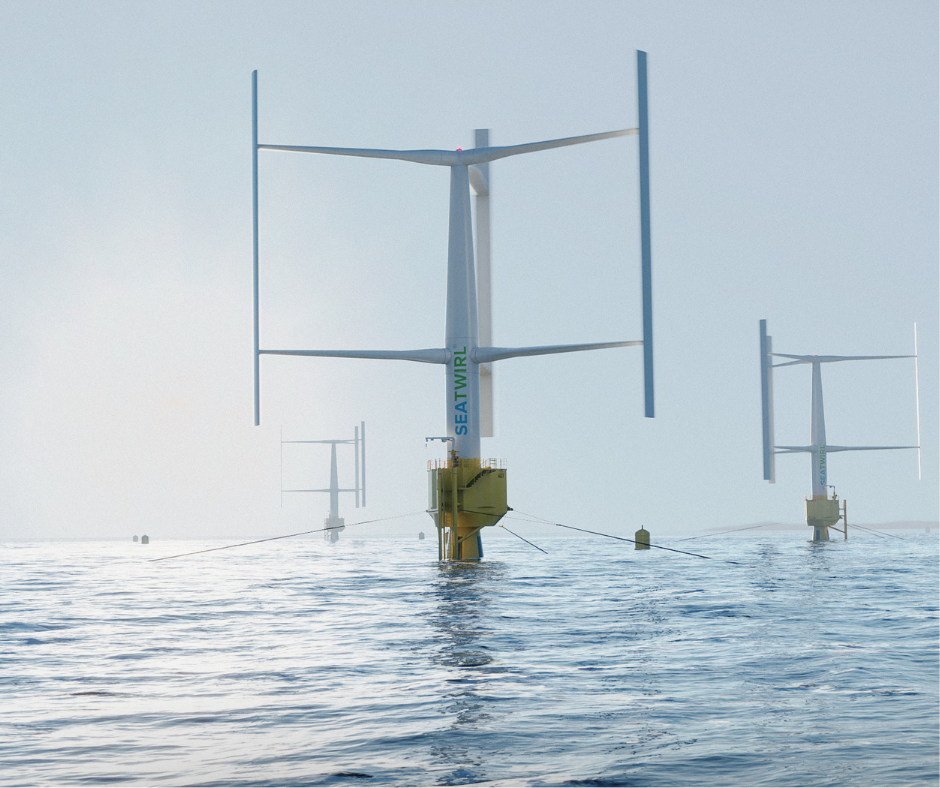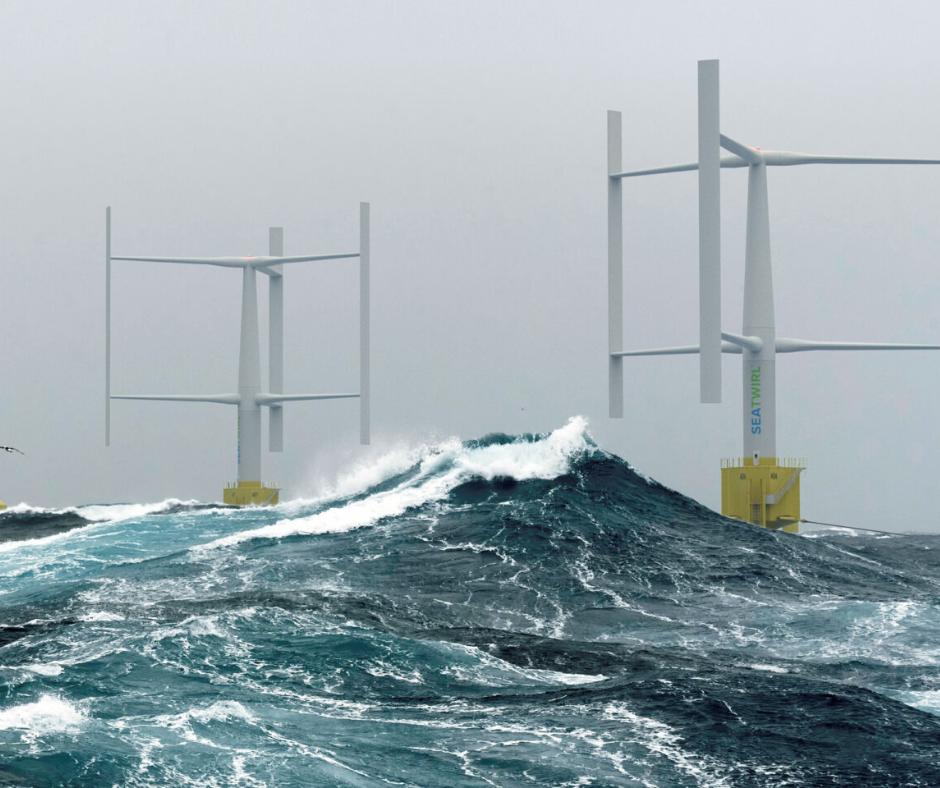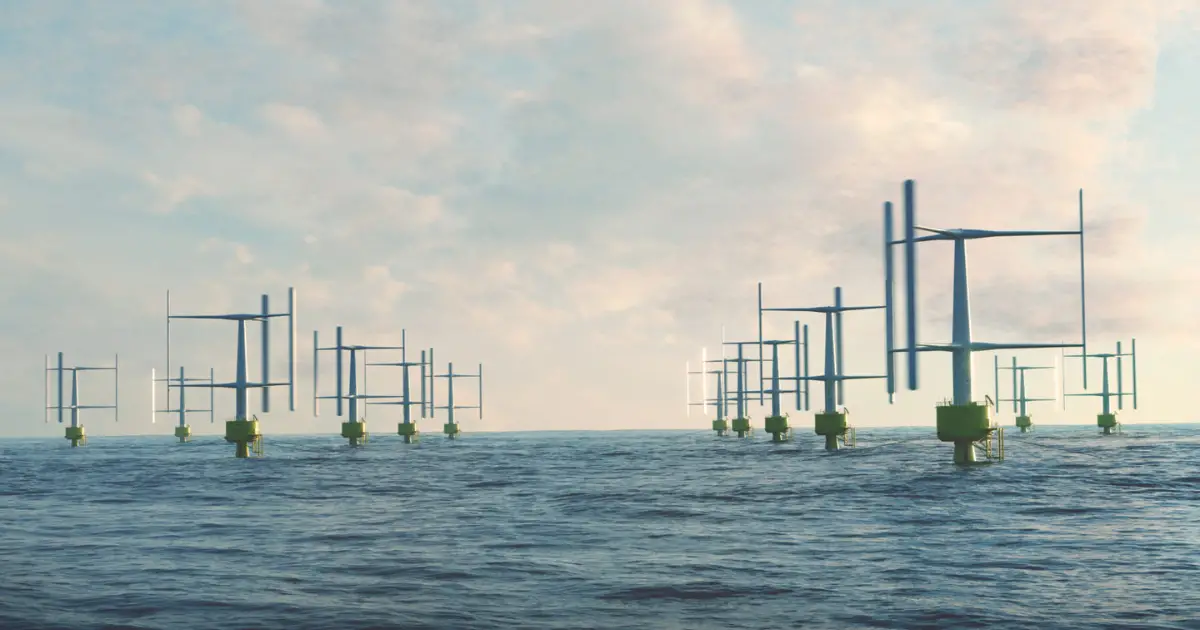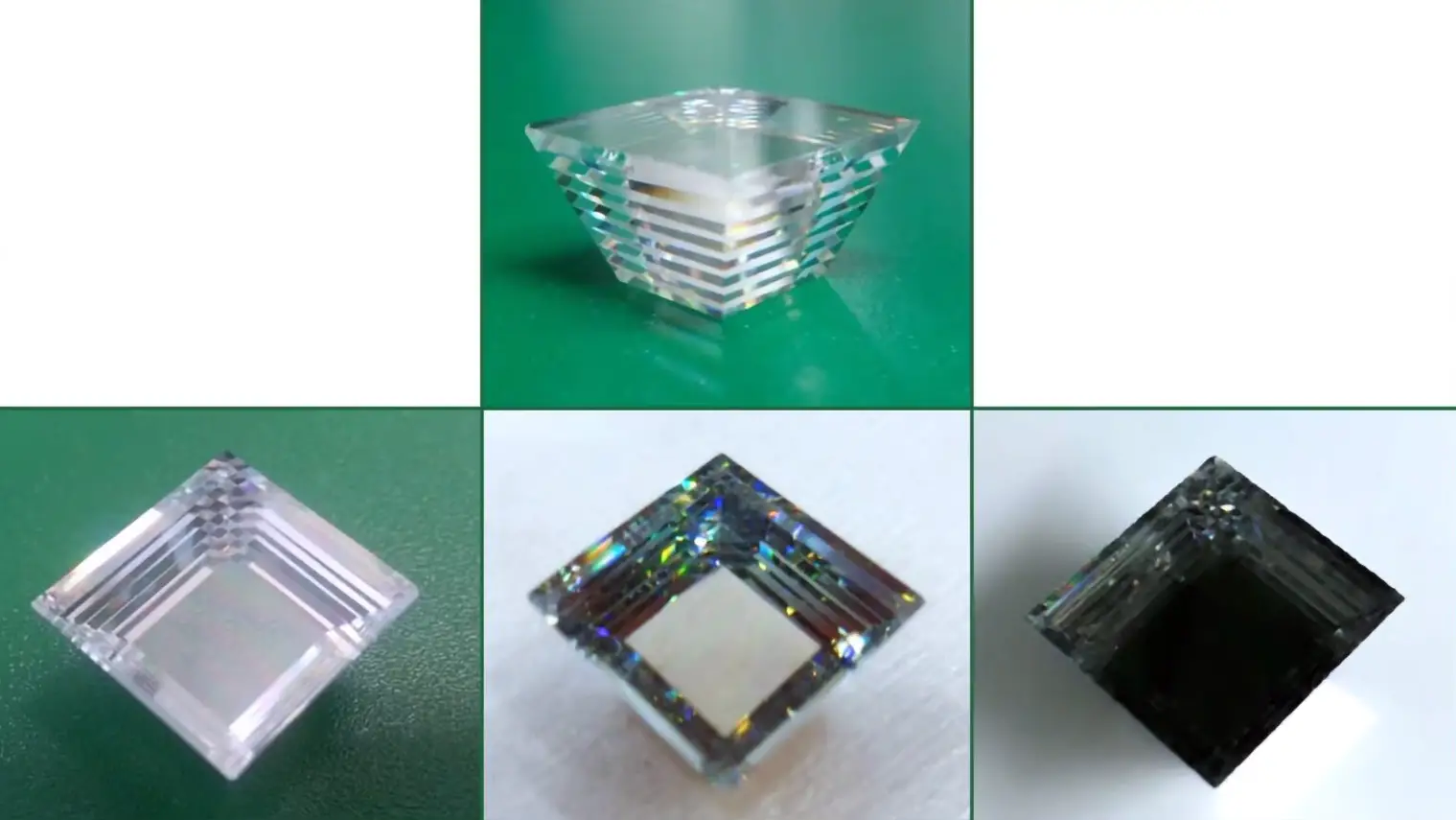A 1-MW vertical axis wind turbine (VAWT) is a type of wind turbine that generates electricity by harnessing the power of the wind. VAWTs have a vertical orientation, meaning that the main shaft and blades are oriented vertically rather than horizontally, like in a traditional horizontal-axis wind turbine (HAWT).
VAWTs are generally less common than HAWTs but have some potential advantages. For example, VAWTs can operate at lower wind speeds and be placed closer to buildings, making them more suitable for urban or suburban areas. They also have fewer moving parts and can be easier to maintain. However, VAWTs are less efficient than HAWTs at converting wind energy into electricity and are not as widely used in the industry.
A 1 MW VAWT typically has a rotor diameter of around 100 meters and is mounted on a tower 50-100 meters tall. The turbine would generate electricity using a generator, which would be connected to the grid or used for on-site power equipment.

A 1-MW Vertical Axis Wind Turbine Could Forever Change offshore Wind Farms
Recharge News says that the Norwegian yards group Westcon has made a deal with the Swedish company SeaTwirl to put 1MW vertical axis wind turbines in the North Sea by next year. This commercial-scale vertical-axis turbine could start a new era of cheaper offshore wind farms.
As the world works to switch to renewable energy sources, there is a lot of interest in using ocean winds to make energy. Many ways have been tried to use this energy, but the traditional wind turbine has been getting most of the attention.
The Hornsea 2 project off the coast of the U.K. is the largest offshore wind farm in the world right now. However, as the turbines used in these projects become larger, the platform’s cost-effectiveness is likely to decrease because the costs of building it will rise as we go deeper into the sea.
Vertical Axis Wind Turbines
Vertical axis wind turbines (VAWTs) have many advantages over the horizontal axis wind turbines that are usually used (HAWTs). The second type uses high-tech instruments to determine where the wind comes from and where to point the turbines to get the most power. The turbines of a VAWT can get power from all directions, so they don’t need this equipment to work.

All of the parts of a HAWT must be put together on top, so the towers that hold them have to be strong and have massive counterweights. This need will only worsen as time goes on, making them even more expensive. Downwind of the turbines, there isn’t much of a wake, so that they can be put closer together on the wind farm.
SeaTwirl’s Next-Generation VAWT
Since 2012, SeaTwirl has been making VAWTs, and its prototype turbine, which is 43 feet (13 m) tall, has been making electricity for the past seven years. The simple design has three turbines attached to a positive pole with a heavy bottom that serves as the keel. The whole pole spins when the wind blows through the turbine, and the generator below makes electricity.
Now, the company has shown off its new turbine, which it says is 30 times bigger than its prototype. The turbine pole, called S2x, will rise 180 feet (55 m) above the water and go down 262 feet (80 m) (80 m). The turbines are set up to stop making electricity when wind speeds go over 56 miles per hour (25 m/s), but they can withstand winds of up to 112 mph (50 m/s), which is the speed of a category two hurricane, according to New Atlas.
Each turbine can make 1 MW of power, and the company says its Levelized Cost of Energy (LCoE) will be less than US$50/MWh, putting it on the same level as onshore wind projects.
By 2023, Westcon hopes to have the first S2x in the country. The turbine will be tested for five years. After that, SeaTwirl plans to make its turbines bigger, first to the range of 6–10 MW and then to the range of 30 MW.





